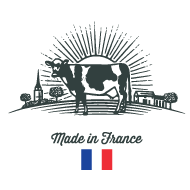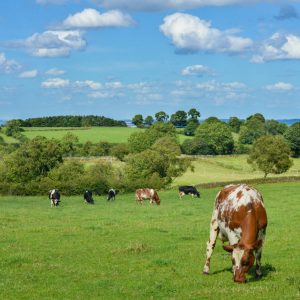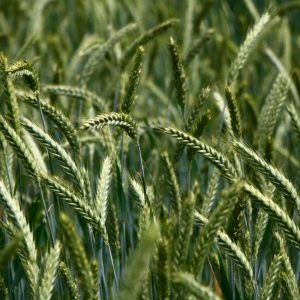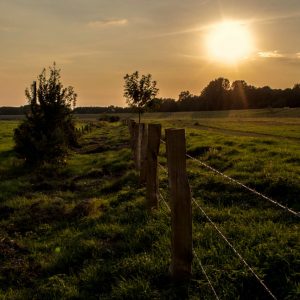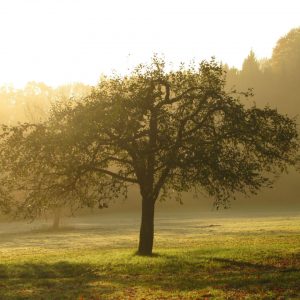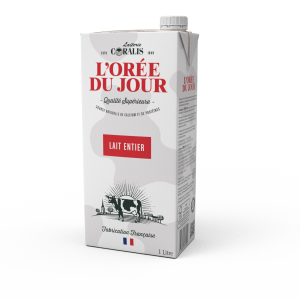The agricultural food business is at the heart of environmental decisions: alternative agricultural practices, packaging management, water protection and transport-related CO2 emissions.
Farming practices also have great impact on the visual environment, and farmers in France are the first artisans of France’s renowned landscapes. Respecting France’s ancestral practices of family-run farms with human-scale cattle sizes participate in preserving these sceneries.
Choice of partner
L’Orée du Jour’s objective is to bring safe, nutritious dairy products to Asian markets while promoting values of healthy living through healthy diets and preserving earth’s beauty. Partnering with Laiterie Coralis felt natural for us, since it is one of the most focused dairy on environmental matters, and has been for a very long time.
Protecting Natural Resources
- Water:
In the past 10 years, Laiterie Corlais has reduced its water consumption by 50%. The efforts to preserve water resources started in 1990 with the commissioning of a water-cleaning station to purify the effluents from milk processing prior to release into the natural environment and have been followed by continual investment in infrastructure and processes to limit the dairy’s impact on local water resources.
- Energy:
Dairy activities consume large quantities of energy in heating water systems used in milk sterilization processes and in the constant cleaning operations which keep equipments safe from health hazards.
Transportation of milk from the farms to the dairy is also a significant source of CO2 emissions.
Laiterie Coralis faces these energy challenges by:
- Regularly updating its heating system; it recently equipped its gas boiler with a heat exchanger which recovers heat of the fume gases to pre-heat the water: 3% gas savings, and a burner which reduces C02 content of the fumes.
- Investing in routing software to optimize the milk collection rounds to reduce the number of kilometers traveled and the fuel consumed
- Training its tanker-truck drivers to eco-driving on a regular basis
The choice of the packaging
The ecological footprint of packaging lies primarily in the resources used for its material. The Tetra Pak brick is composed of cardboard for 73%. It is issued from forest wood, a natural and renewable raw material (unlike oil). This cardboard comes from continually renewed forests.
33% of these forests are already FSC-certified (Forest Stewardship Council). This means that their management meets strict environmental, social and economic principles. www.fsc.org
The carton has a reduced environmental footprint in terms of use of natural resources, fossil fuels and greenhouse gas emissions compared to other packaging such as glass or PET packagings (Source Bio Intelligence Service / ACV March 2008)
L’Orée du Jour cardboard brick is 100% recyclable. It can be recycled in paper towels… while other materials of the brick (aluminum and plastic) can be recycled into public benches for example.
